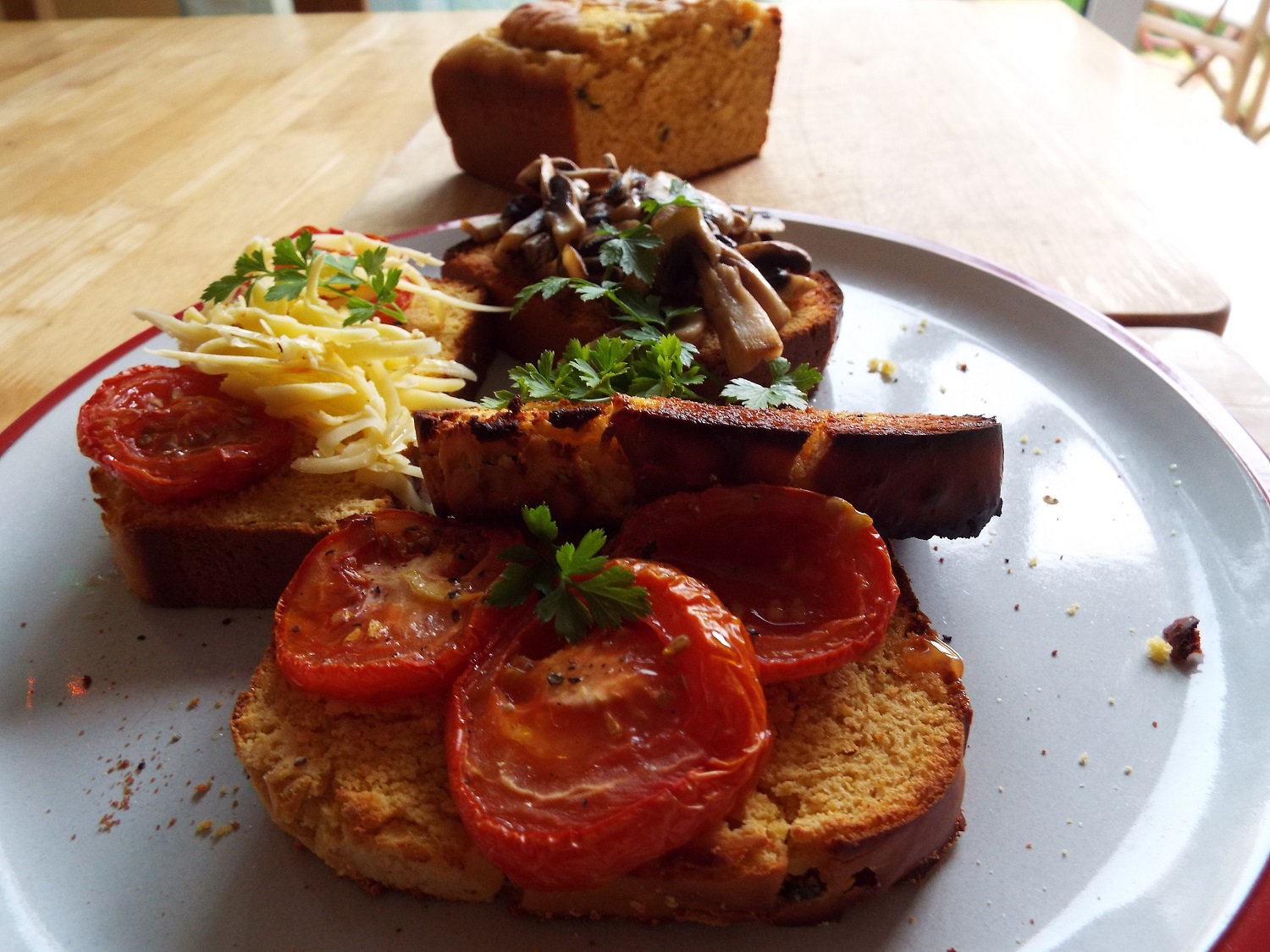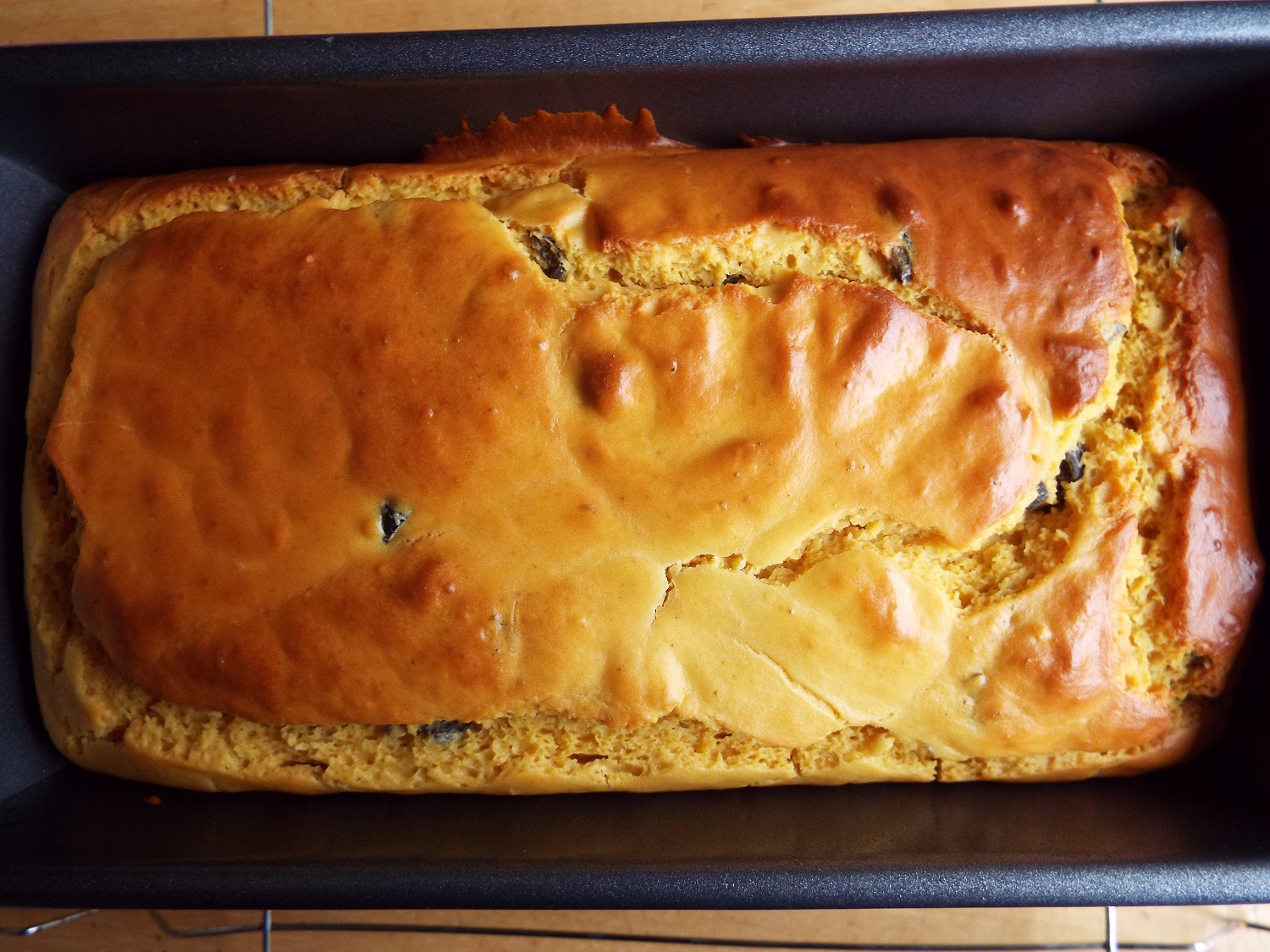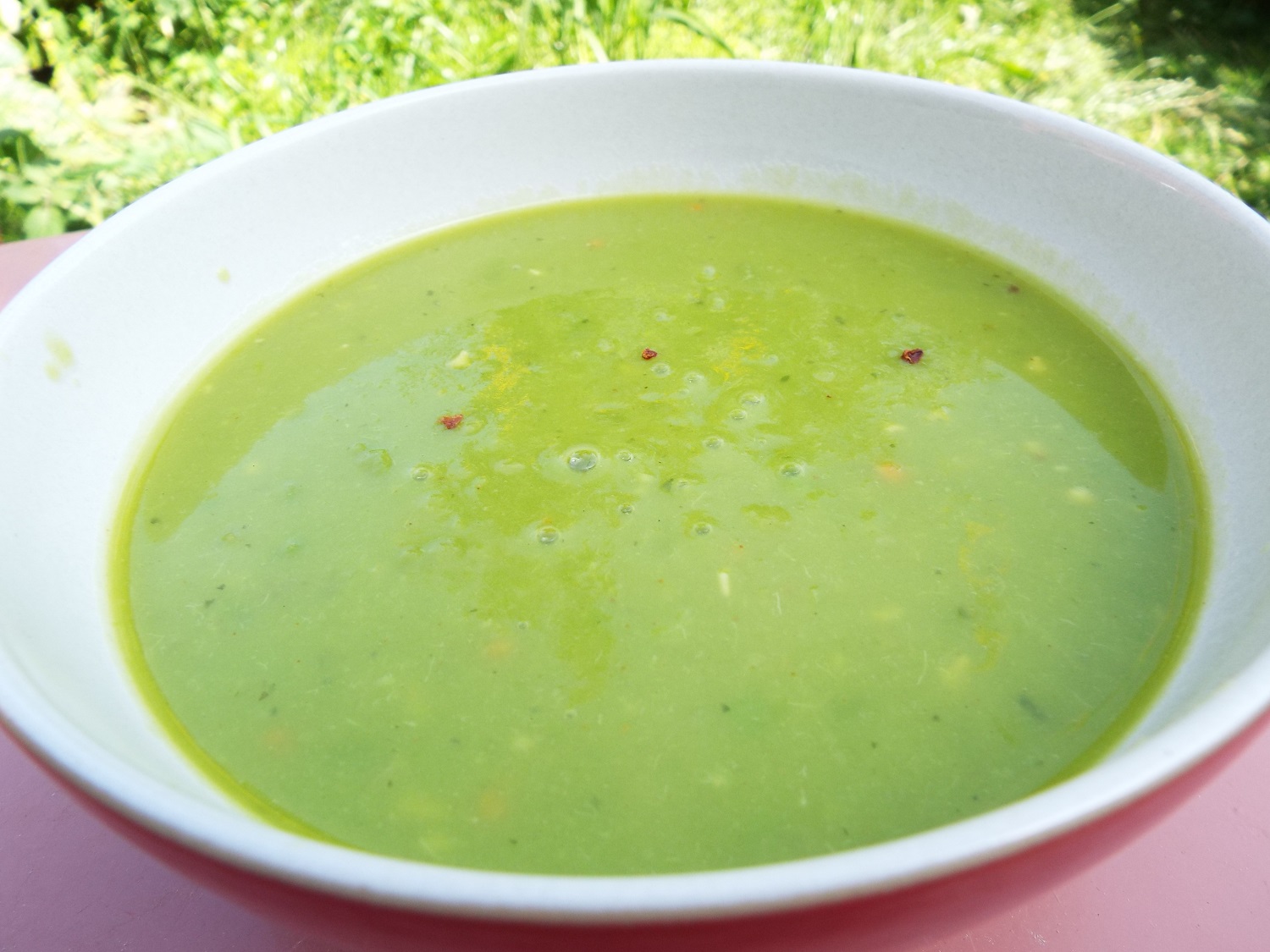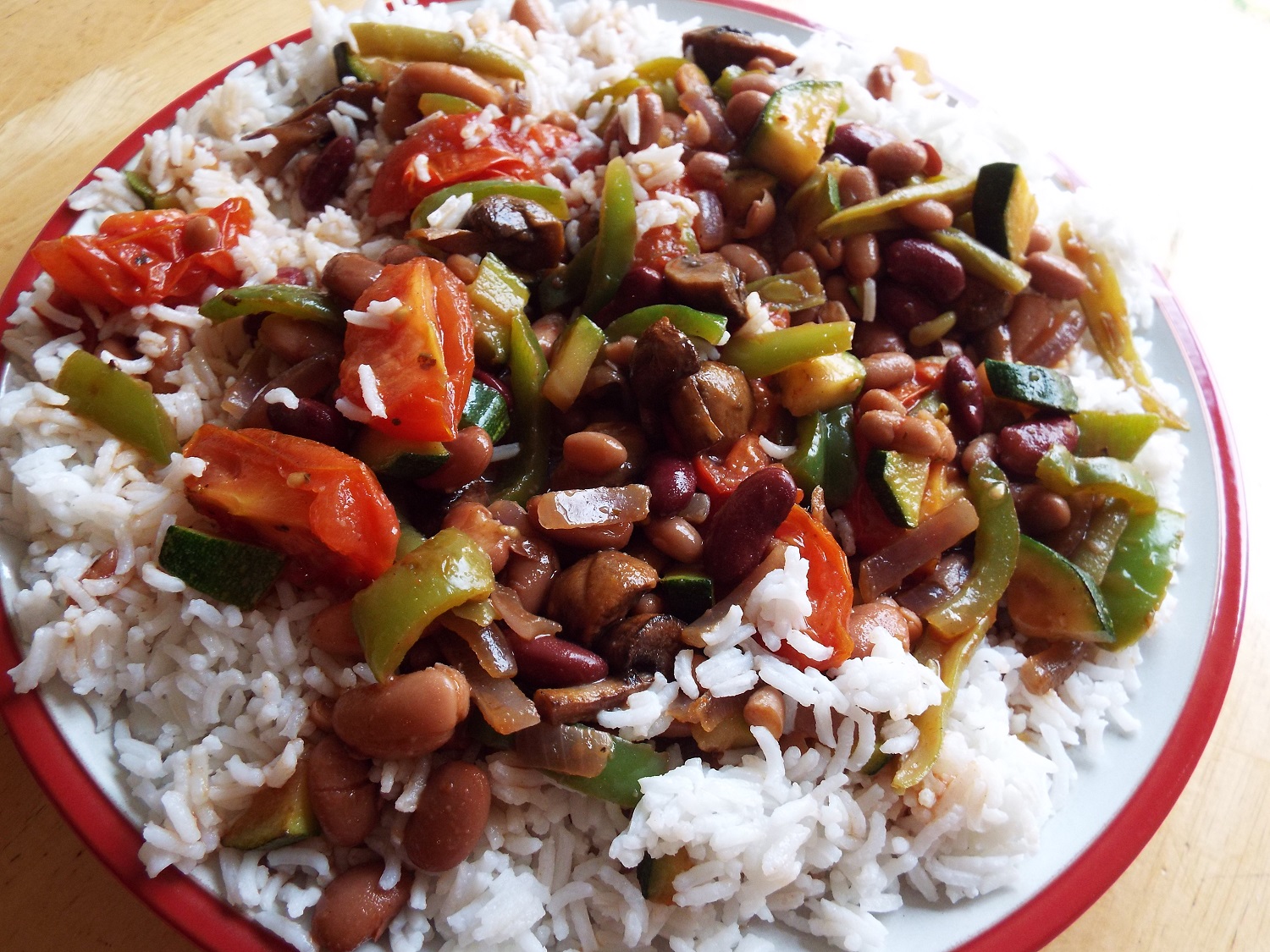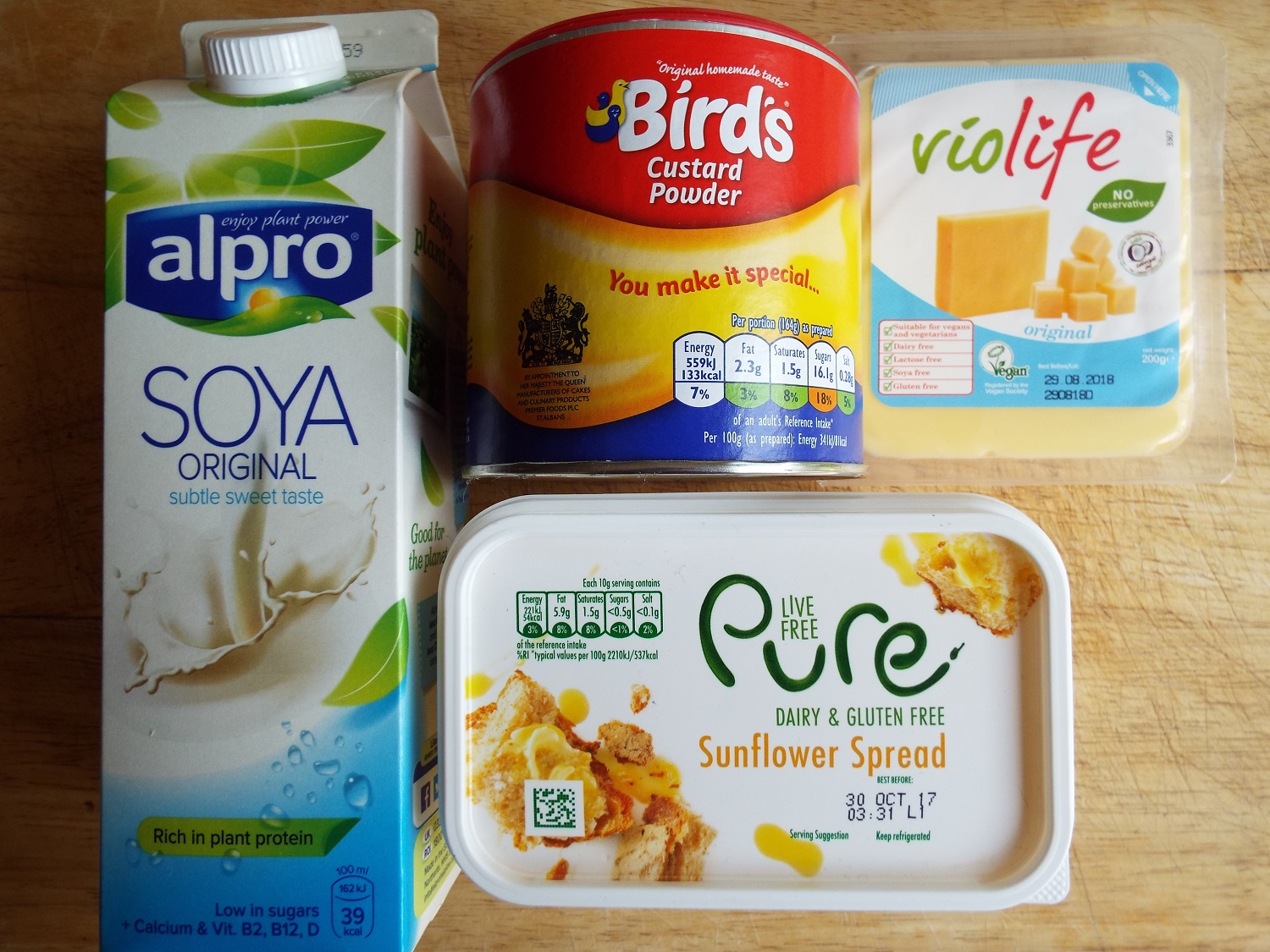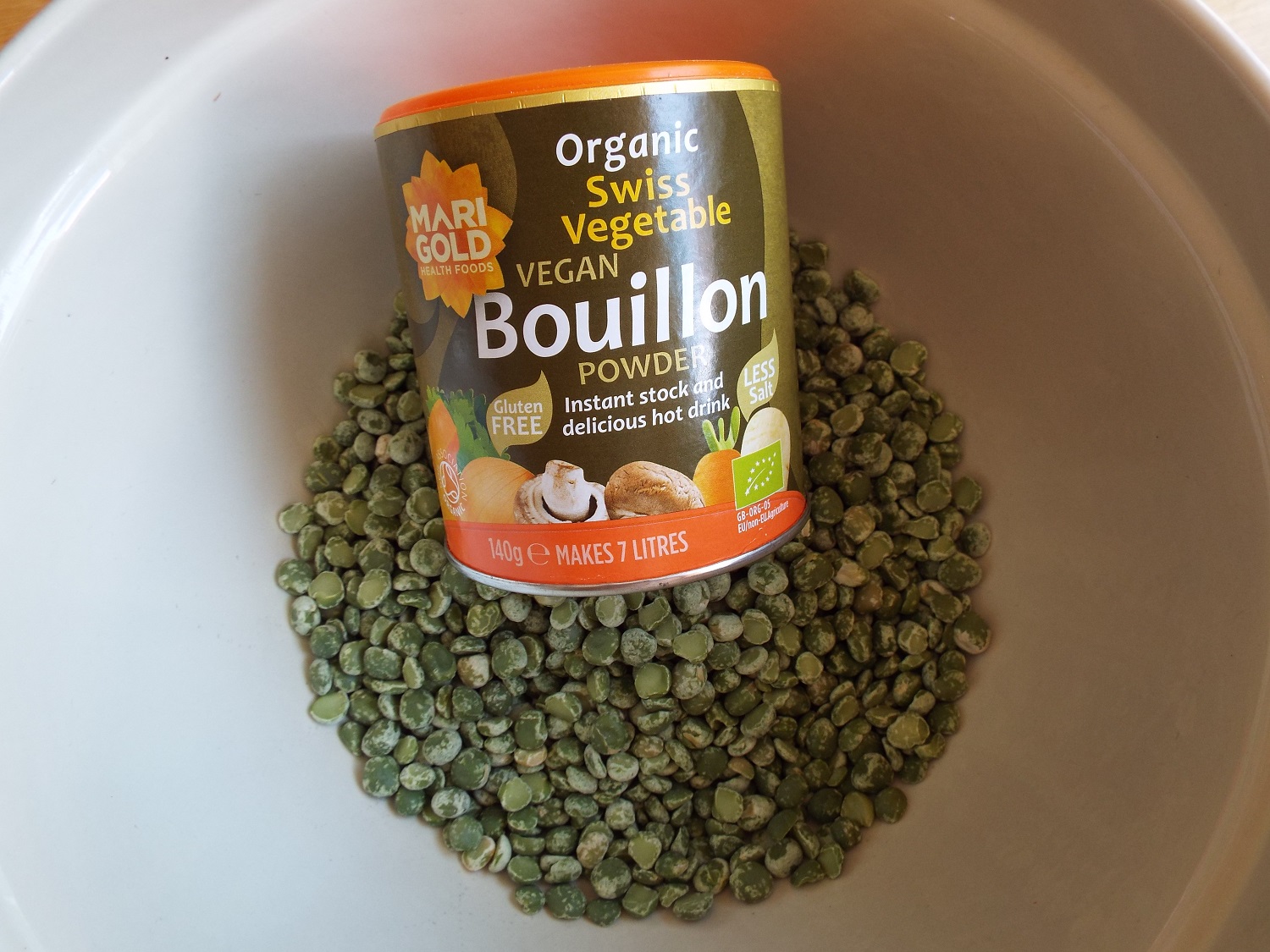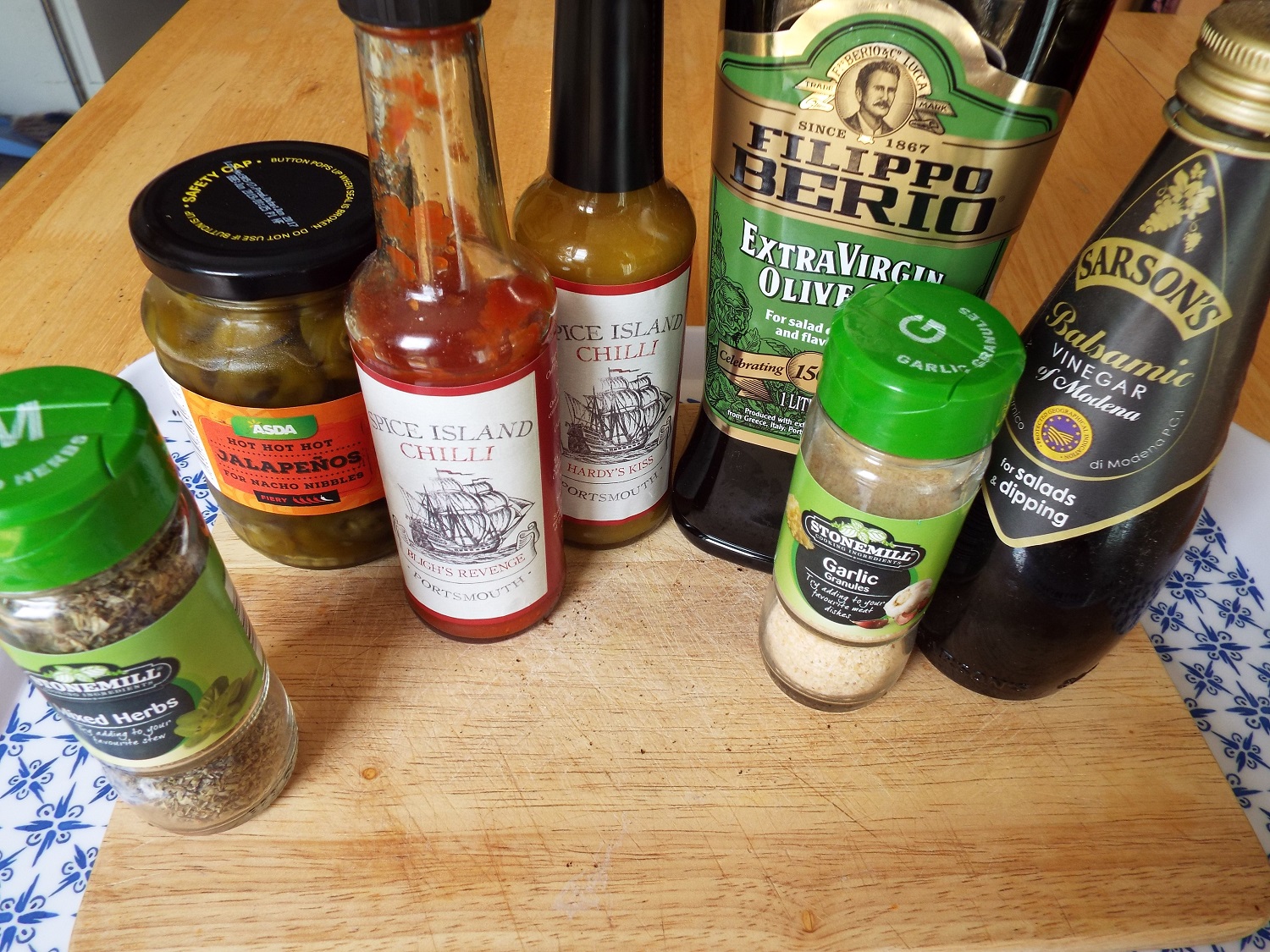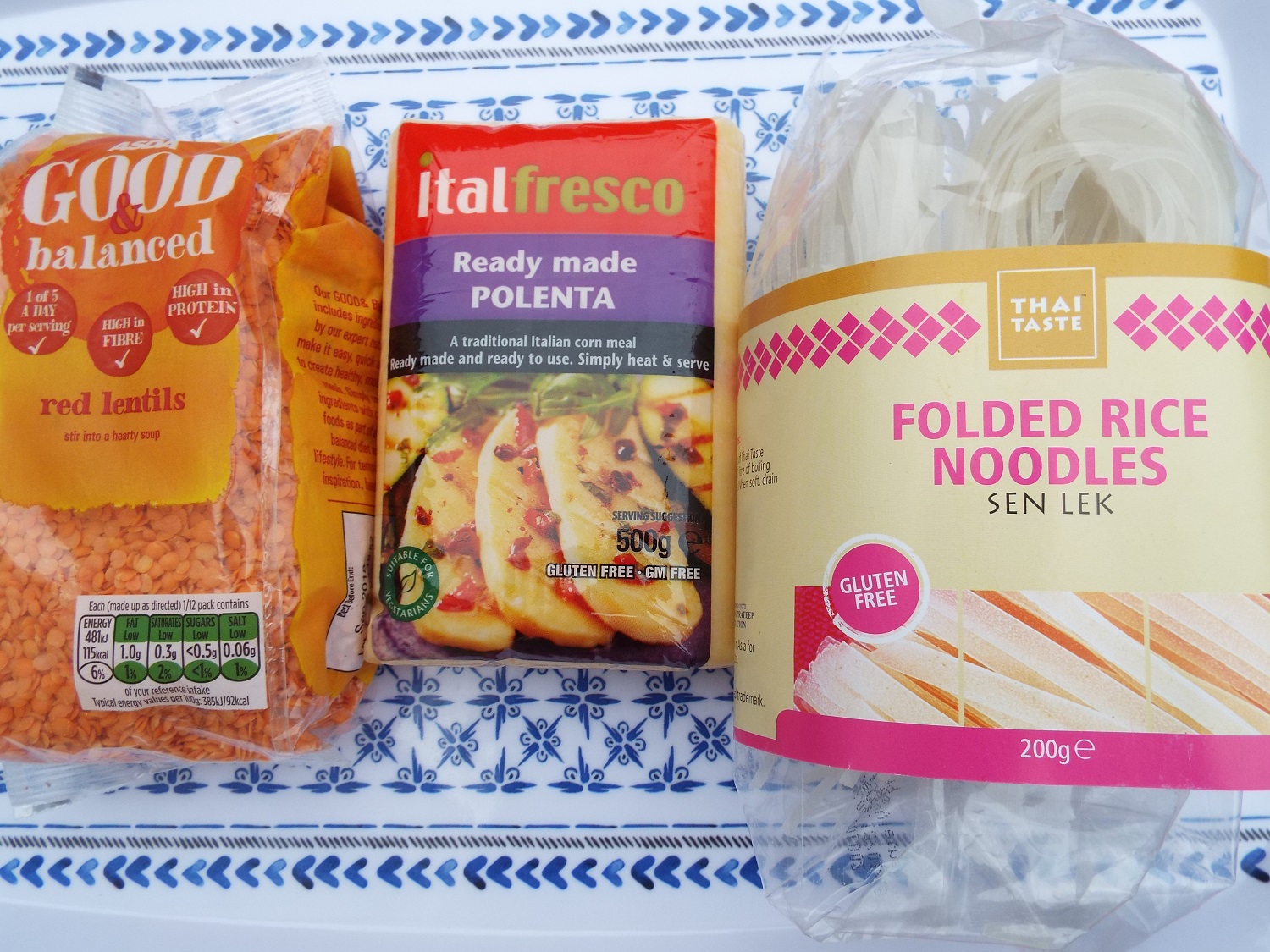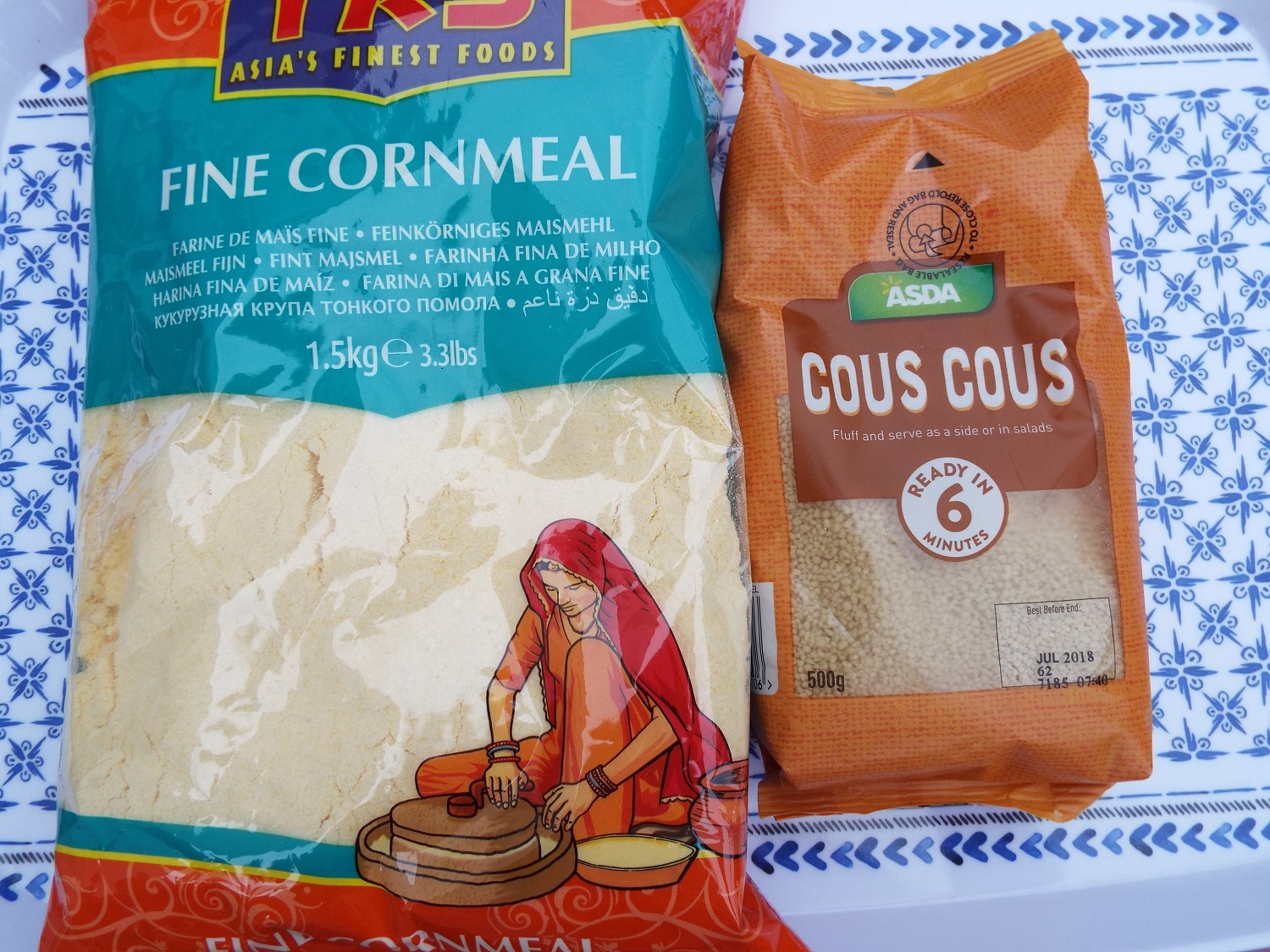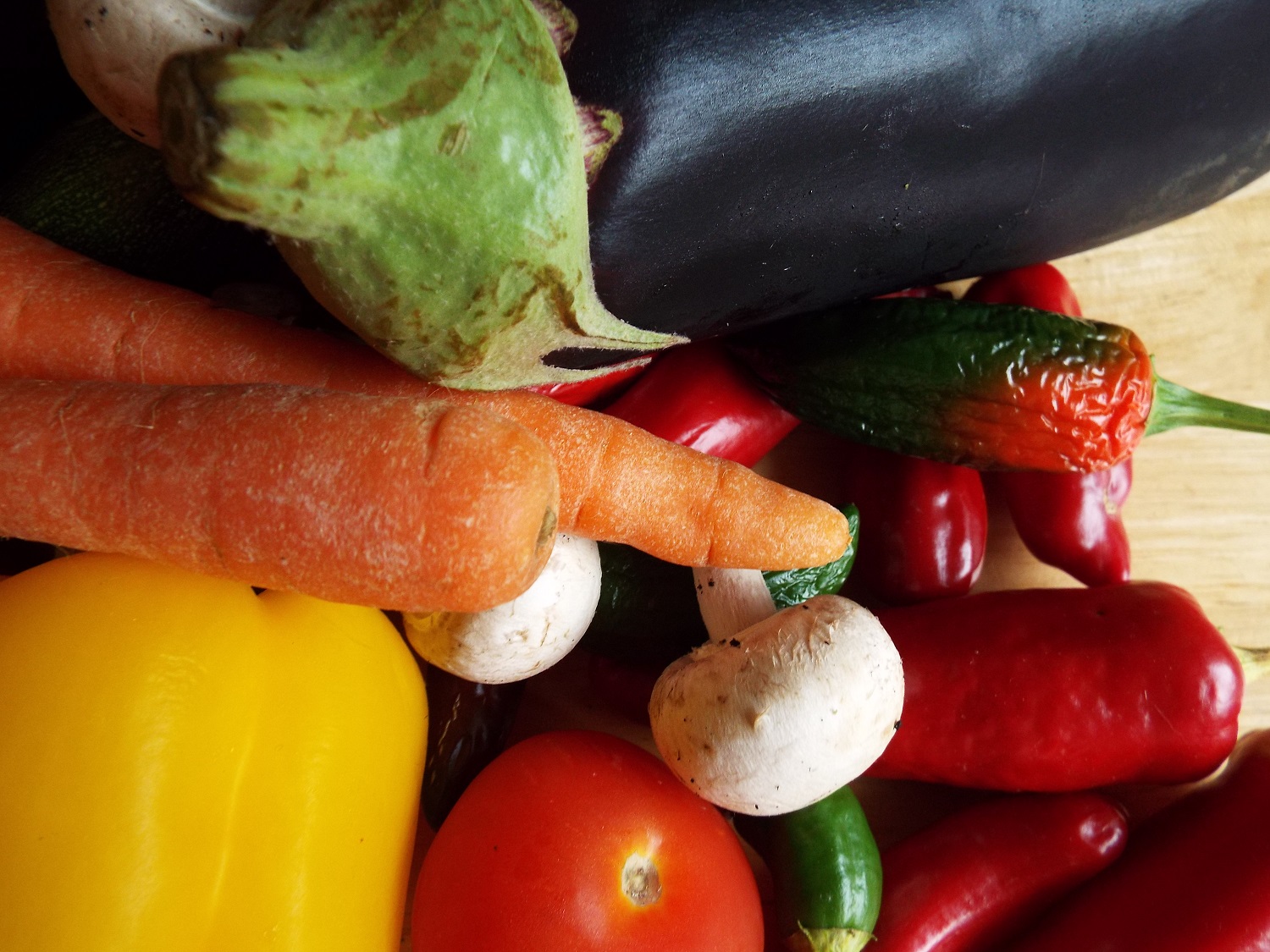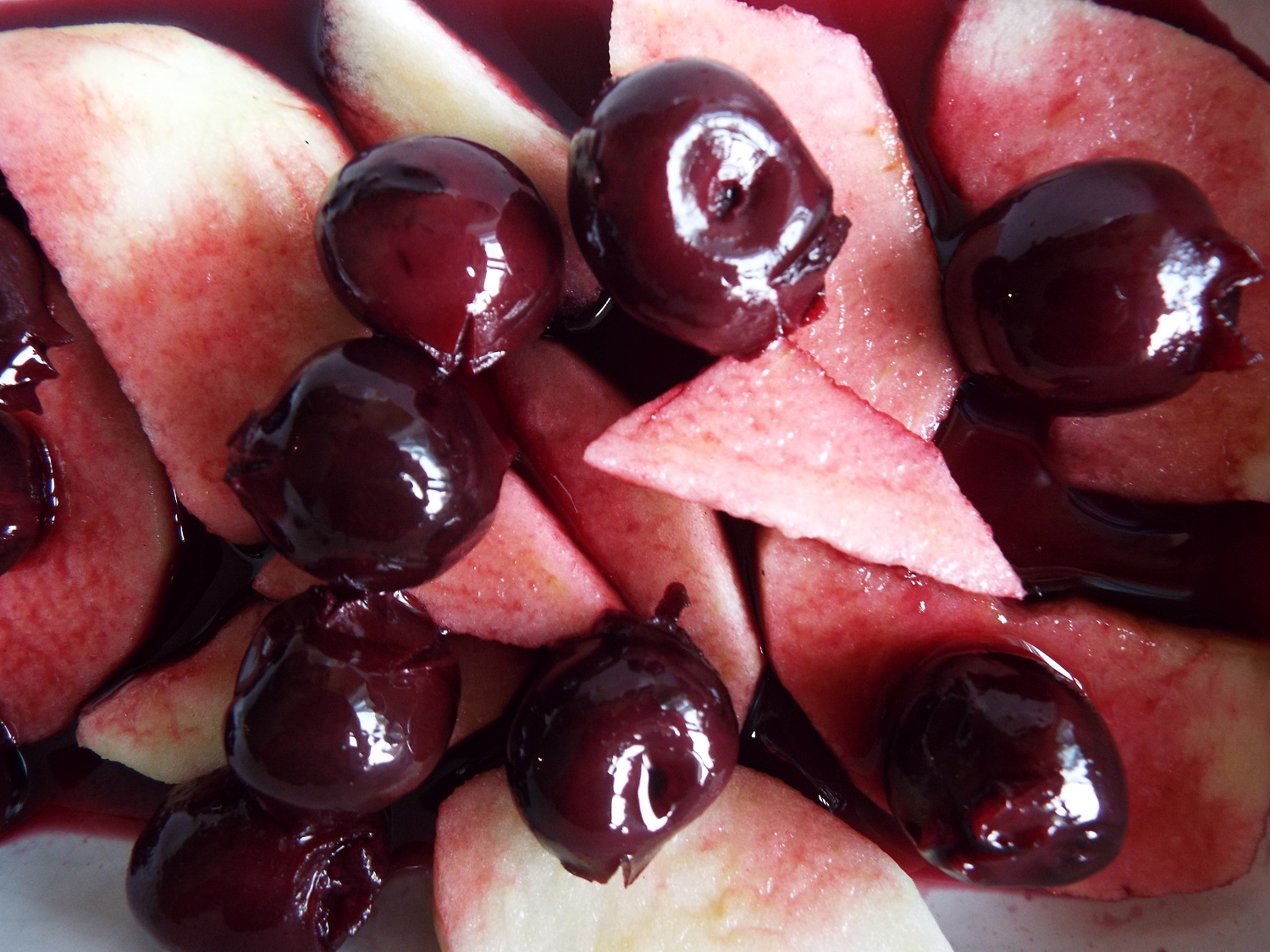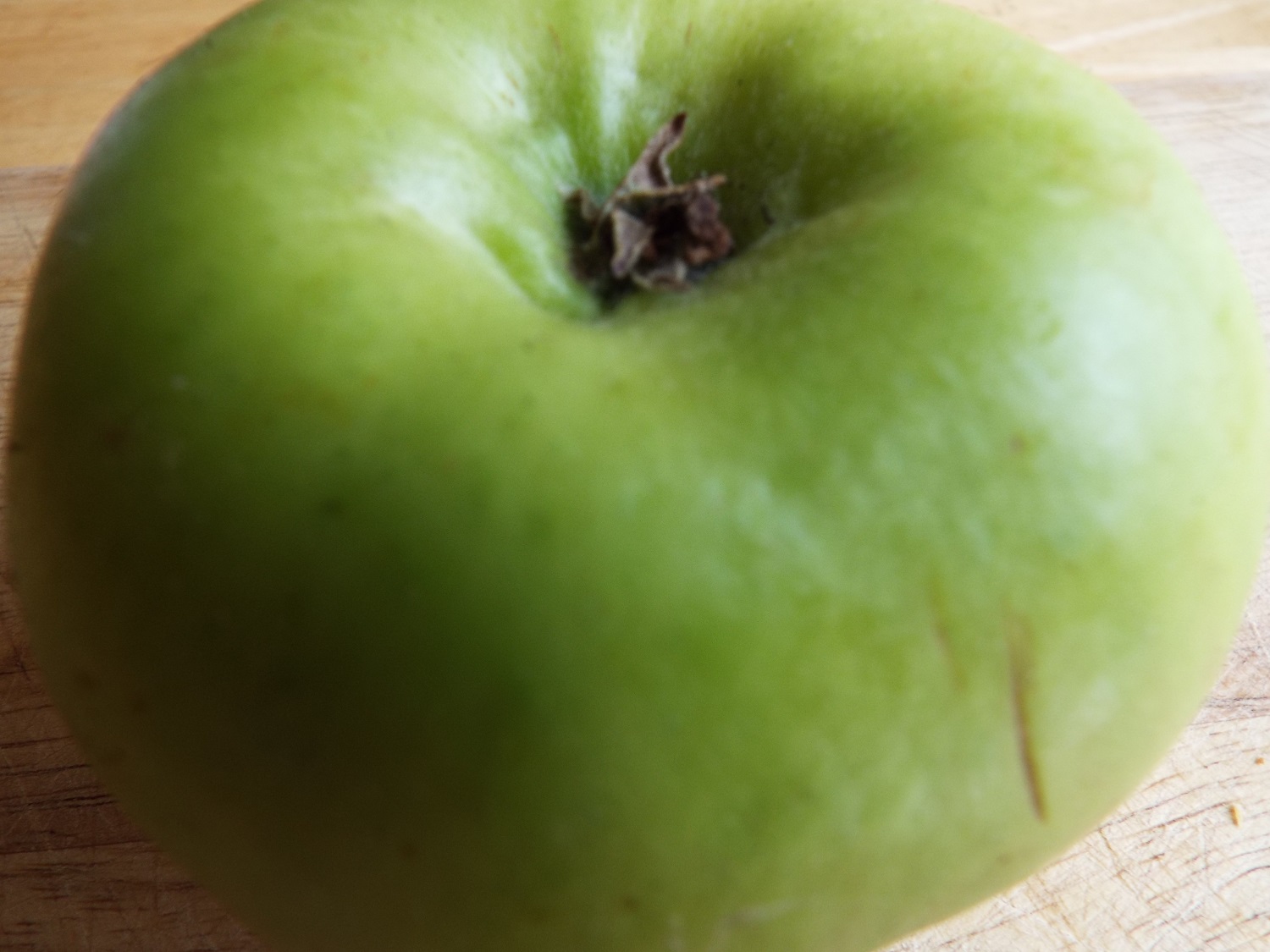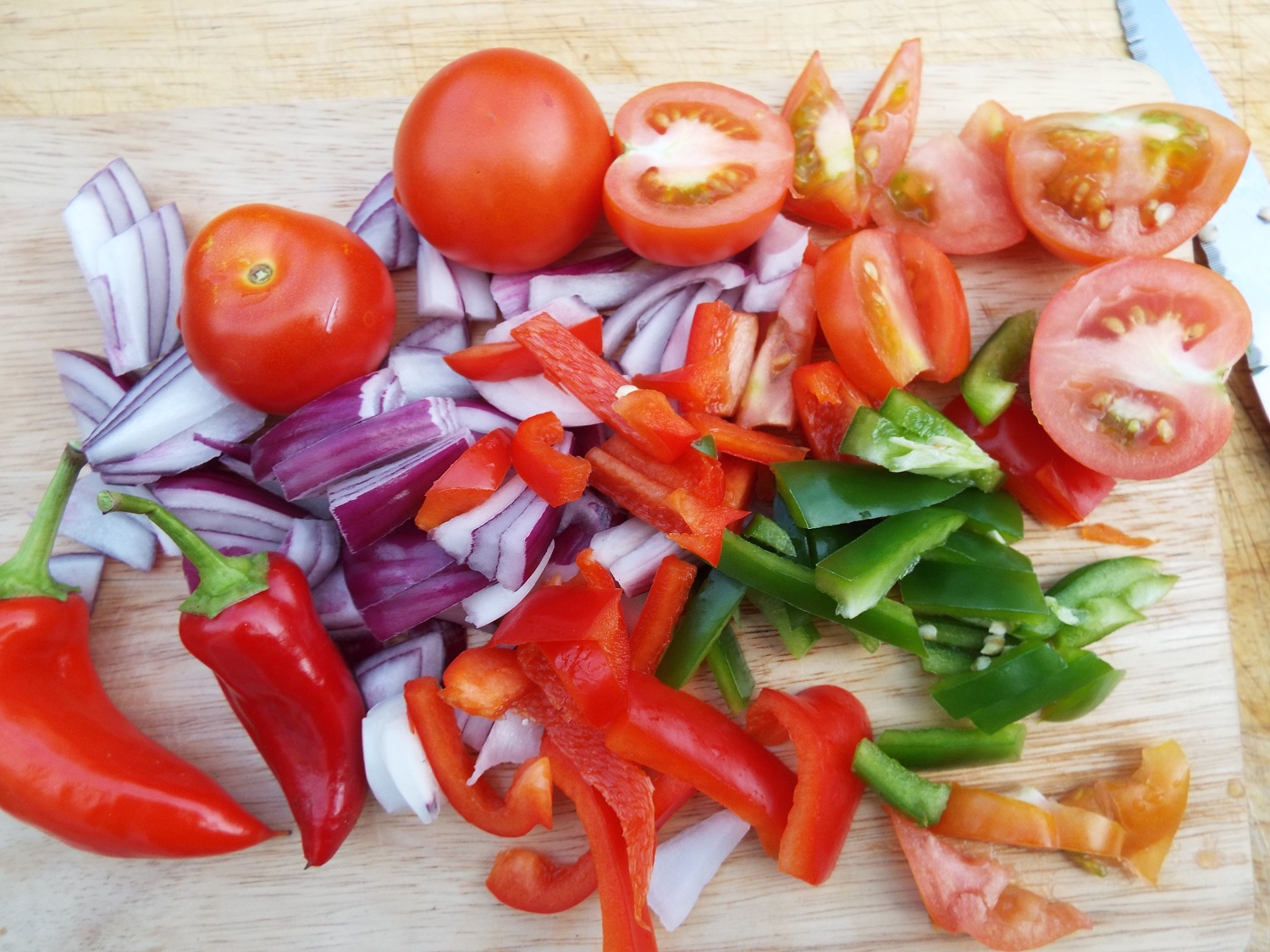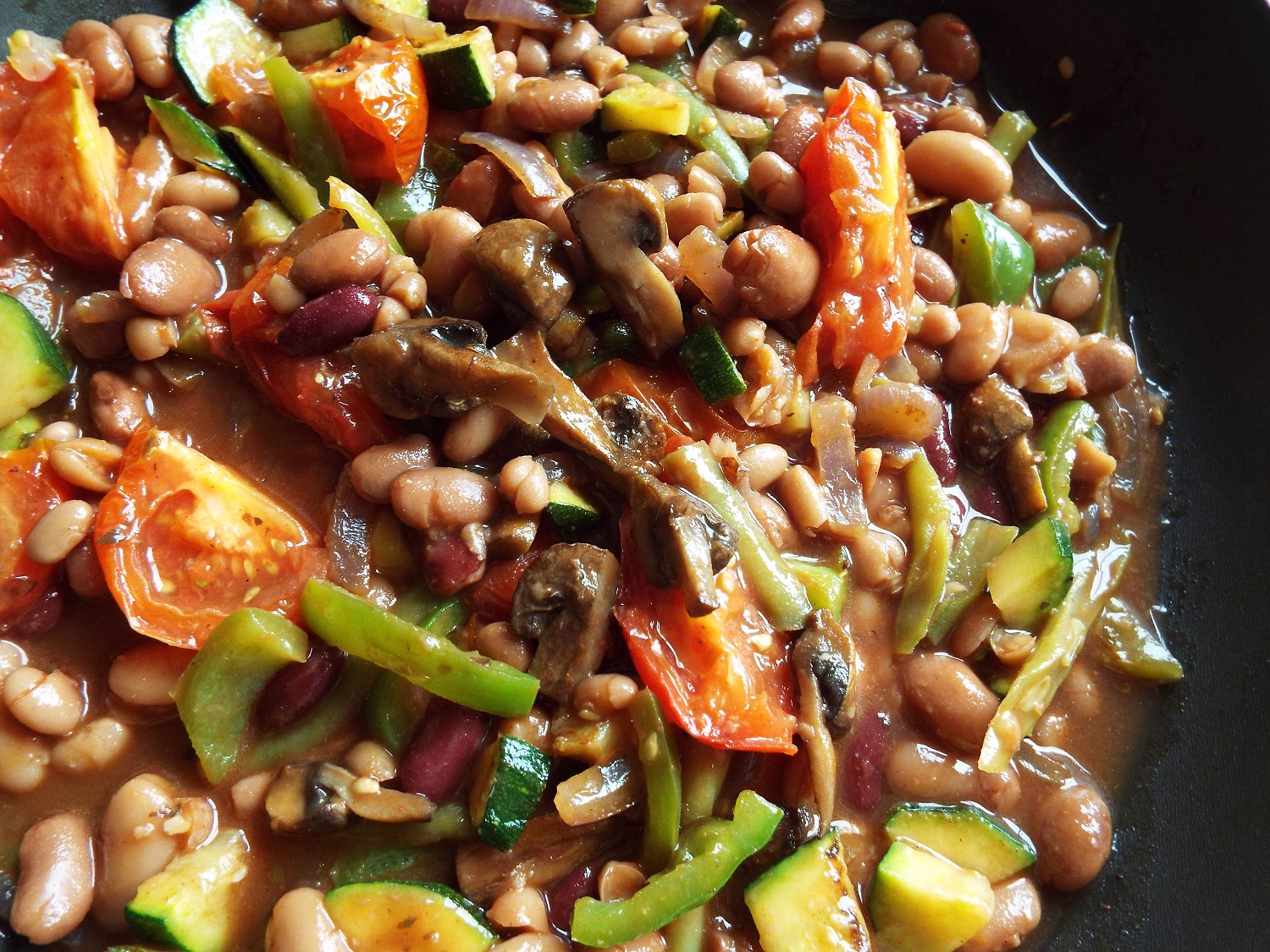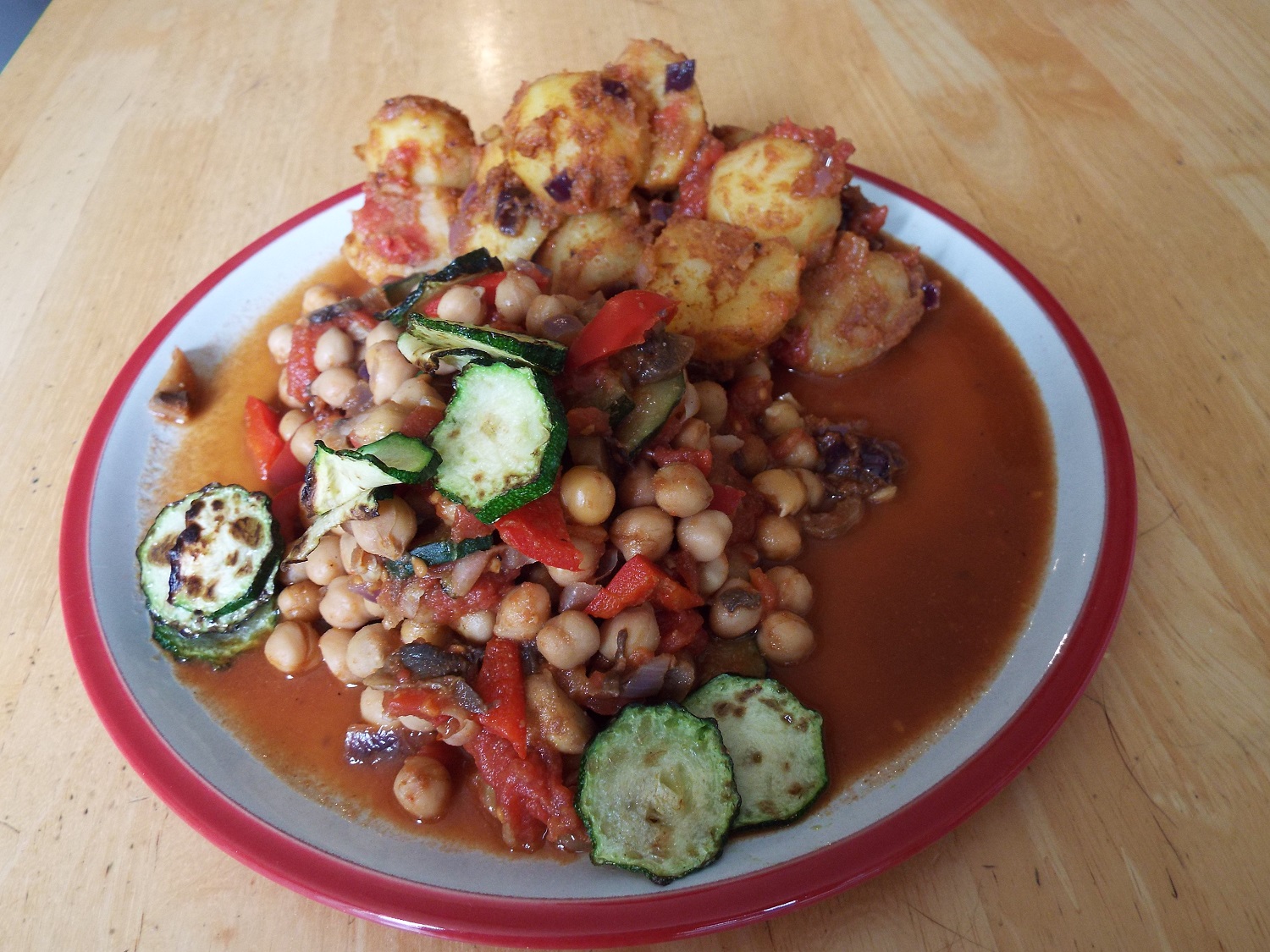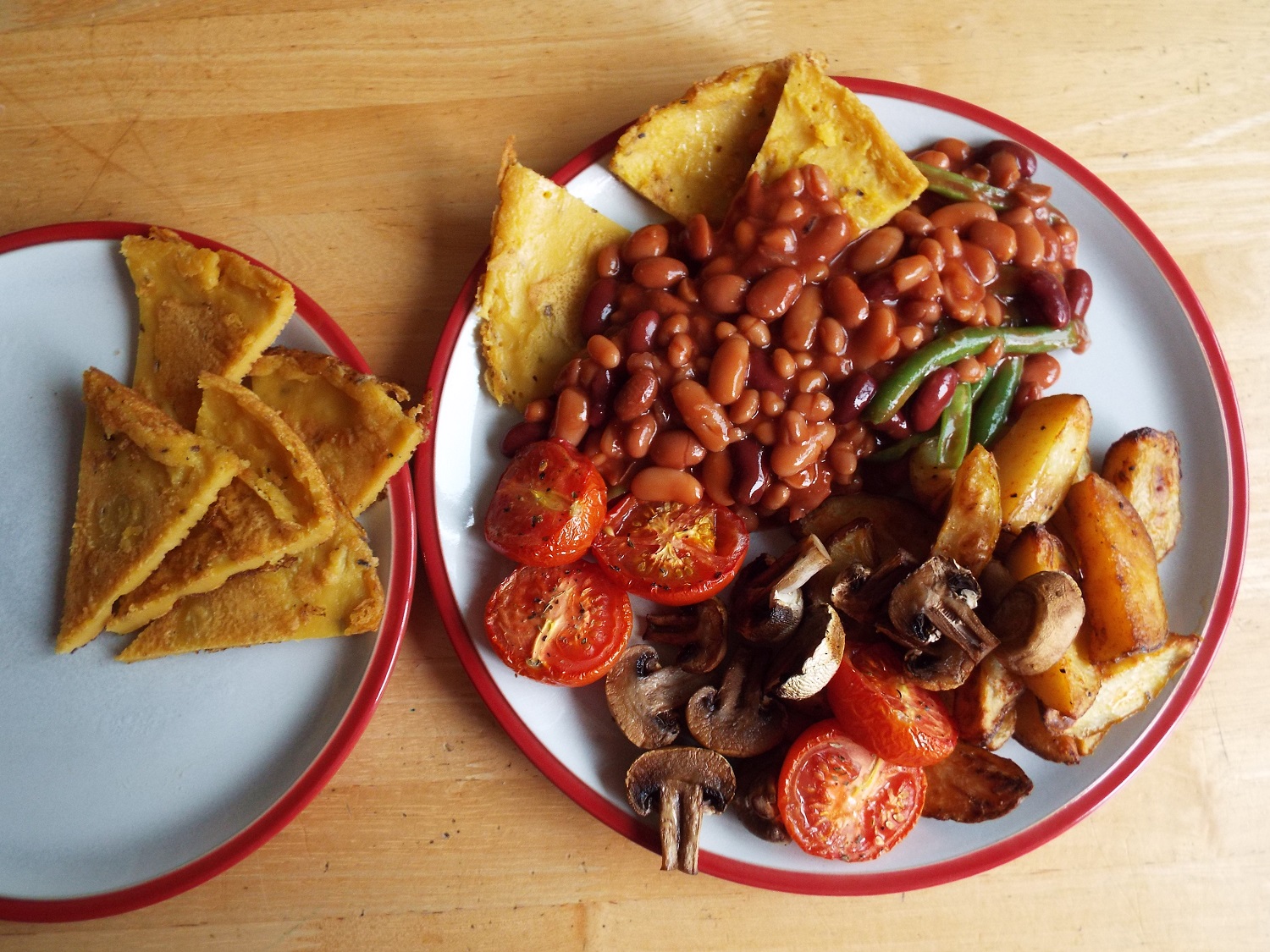So the pre-Dig registration questionnaires are back. Someone in the supervisory team is collating the 'dietary needs' section. They've gone quiet; finally they mutter, 'So we've got thirty meats, five vegetarians, four vegans, three gluten-frees, someone's diabetic, and Alice on Small Finds says if we ever feed her beetroot again she won't be responsible for her actions'. The Dig Cook's thinking 'We're gonna need a bigger kitchen'. The Director's thinking, 'We just can't cater for that range of needs'. The bigger kitchen is rarely possible; and the latter is really sad, and it really happens.
This post is part of a series about enabling volunteers to participate fully on Digs
1 Excavation - Let's Talk About the Mental and Physical Challenges
2 Excavation Challenges - Food, Fieldwork and Difference
3 Please Feed the Archaeologists (Recipes 4 All)
5 This Post: It's Vegan and Gluten-free and Type2-friendly - prep and stores
6 A week of fieldwork recipes - vegan, gluten-free and Type2-friendly
But it is actually possible to perform a neat trick and to make decent meals on a dig or in a fieldwork setting that are vegetarian and vegan and gluten-free and compatible with eating plans recommended for people with Type 2 diabetes. And I think it is increasingly worth knowing how do this, as an inclusive response to that pre-Dig gathering of information through the registration process. In fact, it's food that everyone can enjoy and benefit from.
Although this and my next blog post focus on the 'how?' of cooking these meals, I also inevitably write about the 'why?' I do appreciate the difference between anecdotes and data, and I admit I haven't done a full study on this; but, when colleagues whom I trust tell me that some fieldwork projects are - perhaps unwittingly - dissuading potential volunteers and staff from participating because of issues and difficulties around the provision of food, and logistical projections, I believe them. And I think that there's significant scope for improvement - and an ethical imperative to get on with it.
But of course the challenges facing a Dig Kitchen are huge, perhaps uniquely so. Those involved with the cooking are frequently operating in cramped, difficult circumstances, often with time and budget constraints. And unless the Dig Director has willfully and knowingly scrimped on the facilities, there's not a lot anyone can really do about that.
Making 'courgetti' from zucchini or marrows - only a basic peeler needed
So the answer lies in the food.
For me, the key to making a success of the participation of every volunteer (and staff member), and to enabling everyone to do their best work, is to create a decent 'base menu' of main meals where each meal on its own works for vegans and for vegetarians and is gluten-free and works as part of a Type 2 diet.
This blog assumes limited cooking conditions, eg a cooker with a four ring hob and one oven with two shelves, basic utensils, and availability of a hand held blender (which cost under a tenner) or a decent masher for soups. It assumes the Dig Cook will have a rota of helpers, and that there are some basic storage facilities. So, for example, if a couple of gram loaves are made on Day 1, and one is used, there should be somewhere to store the second loaf overnight for use the next day.
You can make these meals and serve them to everyone, of course. If you want to add meat or eggs or fish to a meal, fine, but please give the other diners something extra too - eg extra mushrooms or a corn fritter or a lentil bake or rice salad. Where there is a 'carnivore premium' there is often resentment - and everyone needs protein on a dig.
General Advice on the Dig Store Cupboard
I don't promote any particular brands or products for any gain. I've photographed the ones that I happened to use because they were the most easily available and the cheapest.
Spices and herbs - for a collective menu, keep the flavouring mild and let your fieldworkers add additional condiments from bottles and shakers, especially the hot ones like chilli sauce. I'm a fan of jalapenos, but not everyone is apparently ...
A really good collection to have for the cooking itself includes seasoning (salt and pepper), garlic granules, mixed herbs, dried coriander, dried parsley, dried oregano, ground cumin, ground coriander, paprika, mild chilli, mild curry and cinnamon. They're really not expensive.
Dry ingredients to have - olive oil or other vegetable oil, a vegan and gluten-free bouillon, gram flour, maize flour, cornmeal, polenta, rice and rice noodles, canned tomatoes, tomato ketchup, mustard, canned sweetcorn, lentils, chick peas, split peas and beans. Long-life soya milk can be useful, as can a couple of jars of jalapenos. Perhaps surprisingly, Bird's custard powder is vegan and gluten-free. Oats are gluten-free but check with your gluten-free people if they are definitely ok with them. You'll need a little bit of brown sugar for some of the dessert recipes - but not a lot.
Fresh ingredients to have - potatoes, tomatoes, onions, some green vegetables, courgettes (zucchini) or marrows, peppers (capsicums), and aubergines (egg plant) if possible.
Vegan cheese and vegan milk (eg soya milk) that are gluten-free should be available in supermarkets. Have lots of fruit - great raw and baked. If you have time to prep fresh garlic, it really does boost a dinner. If you can get hold of fresh herbs occasionally, great; if not, use dried.
Frozen ingredients to have - if you've any capacity to freeze anything, peas and green beans are good, as are general mixed vegetables.
